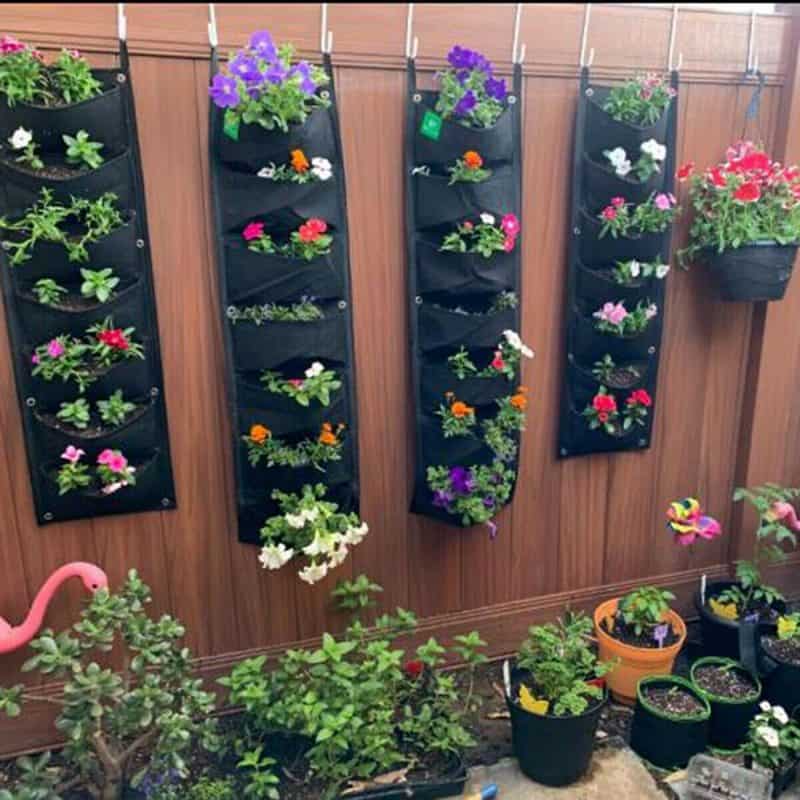A small space shouldn’t stand in the way of the garden of your dreams; keep reading for tips and advice on how to set up a small space vegetable garden.
The past few years have seen an uptick in the popularity of small space gardening. In large part, this is thanks to the growing number of apartment dwellers gravitating towards all-things-leafy. Urban gardeners are proof that all you need is a pot and some dirt, water, and sun to grow garden edibles worthy of your salad bowl.

Sun, soil, and water considerations
Generally speaking, vegetables need plenty of sun every day to ripen. If your space doesn’t get a lot of sun, consider a vegetable variety that is shade-tolerant, such as salad green, root vegetables, peas, or beans.
Opt for compact varieties and vining crops
Depending on the space you have available, you might want to consider vegetable varieties that are bred to be miniature. This could be anything with micro, pixie, tiny, baby, or dwarf in the name. Vining crops, such as pole beans and vining cucumbers, are also a good bet if you don’t have much space at your disposal.
Consider container gardening

If you’re not sure how to set up a small space vegetable garden within the constraints of your space, you might want to consider a container garden. Container gardening is a way to control the soil, sun, and growing conditions of your plants. The windowsill is a good place to get your container garden started if you’re living in an apartment or condo. Container gardening is also a great way to add creative and colorful decor to your home. To shop stylish pots, planters, and containers that will compliment your home decor, visit ShopCHT.com.
Explore different types of planting techniques
Companion planting involves the close planting of plant varieties that complement each other in some way. Many gardeners resort to companion planting for pest control, pollination, and increased crop productivity. Companion planting can also be used to maximize space by planting early harvest vegetables close to slower-growing plants. Another helpful planting technique is succession planting, which involves reseeding quick-growing crops every two to three weeks during the growing season, resulting in staggered maturing dates. The result is a faster yield over a longer period of time.
To shop for great products for your home visit ShopCHT.com.
For more great ideas, click here.
Latest posts by Canadian Home Trends (see all)
- Dining Room Design Tips - December 3, 2025
- Practical Luxury in Forest Grove - December 3, 2025
- The Hidden Value of Great Design - December 3, 2025







Enjoyed studying this, very good stuff, thank you.